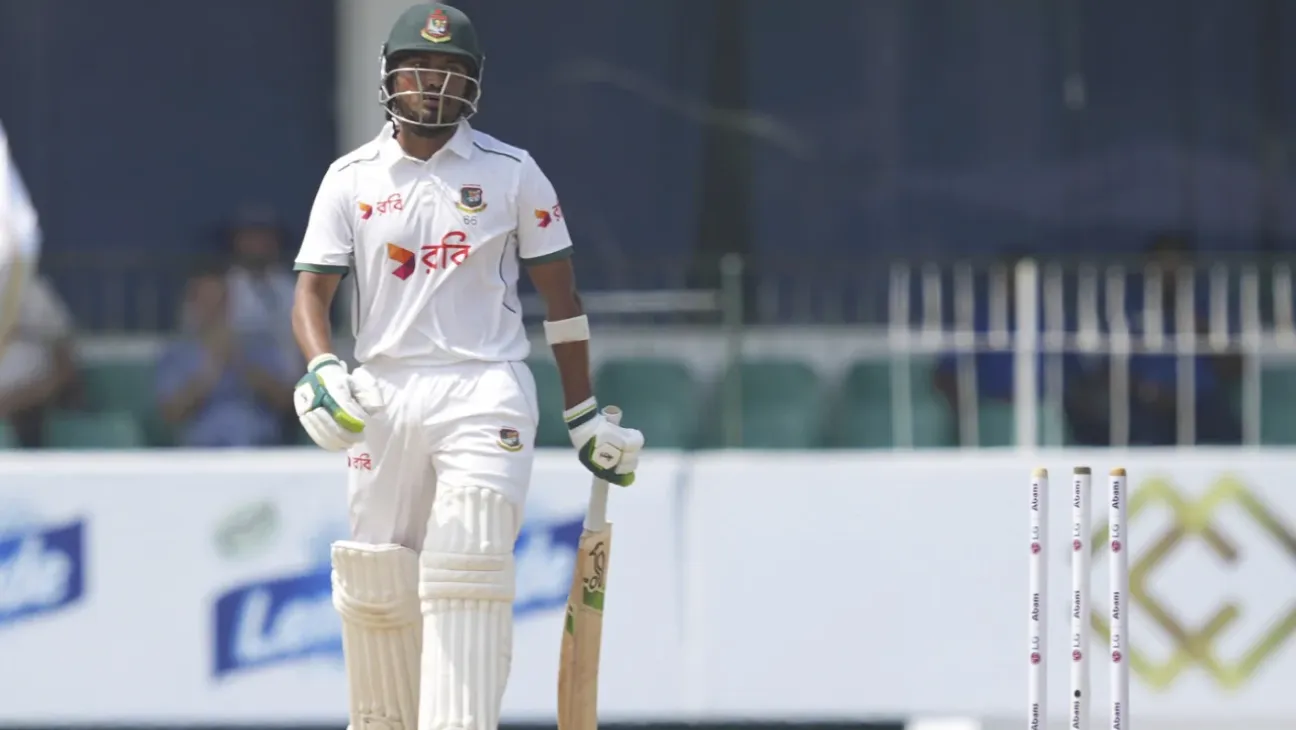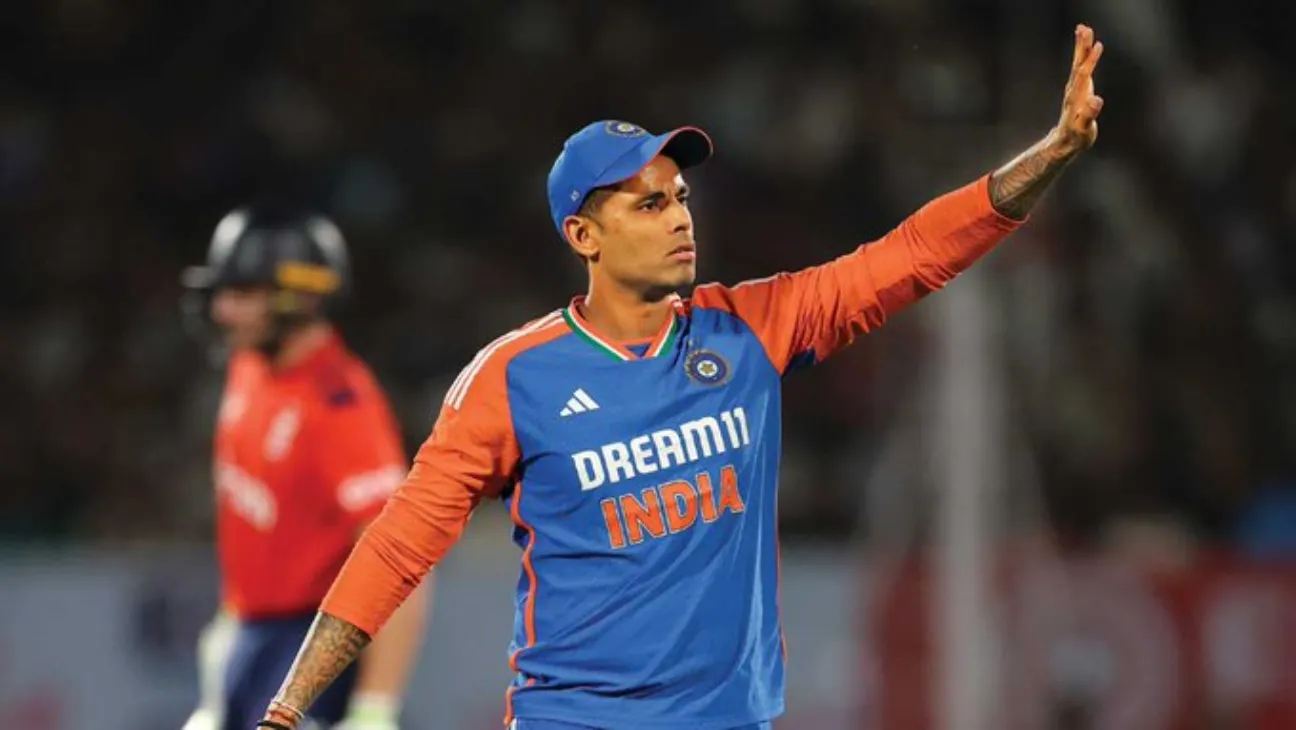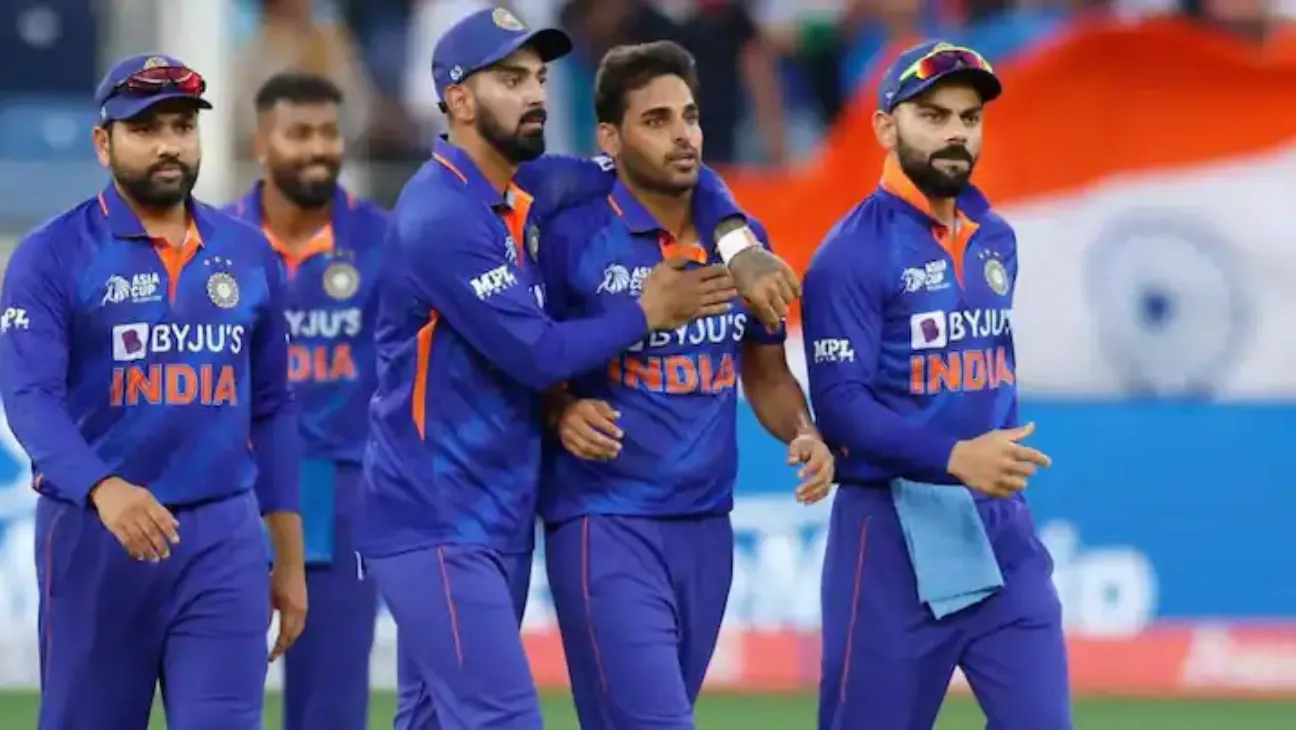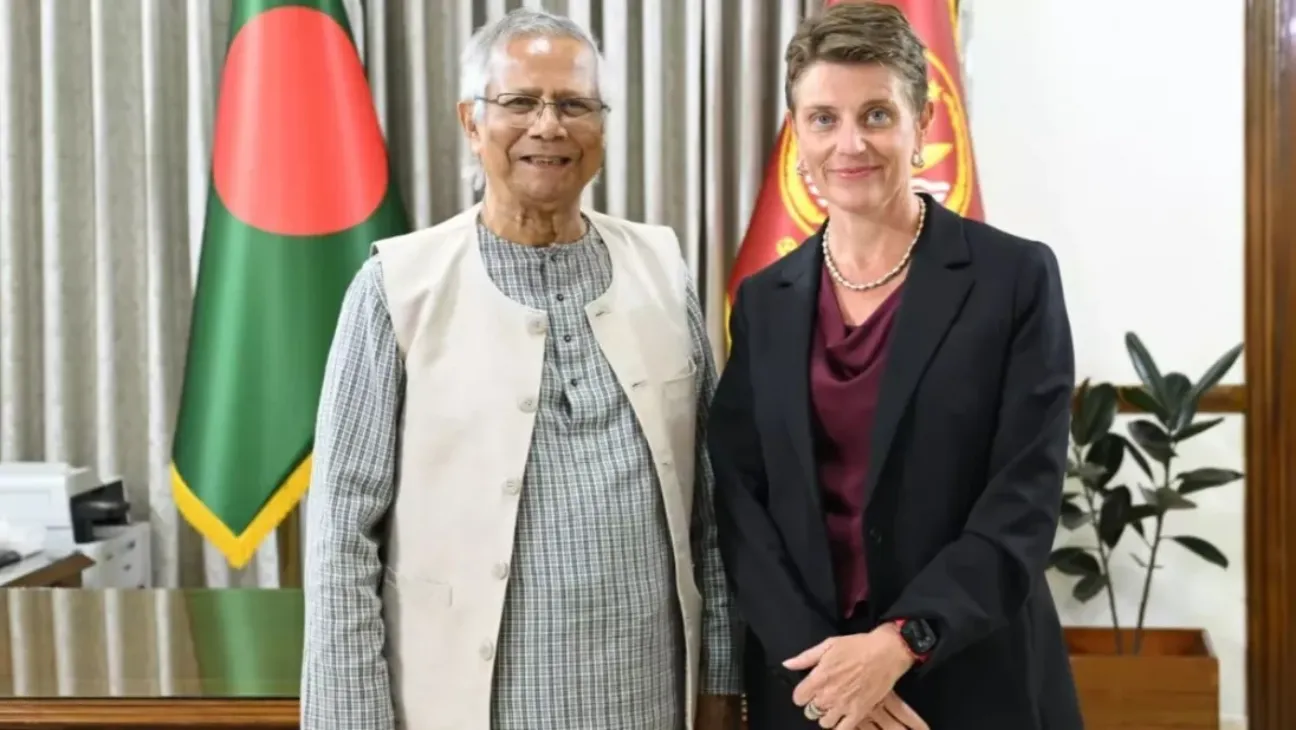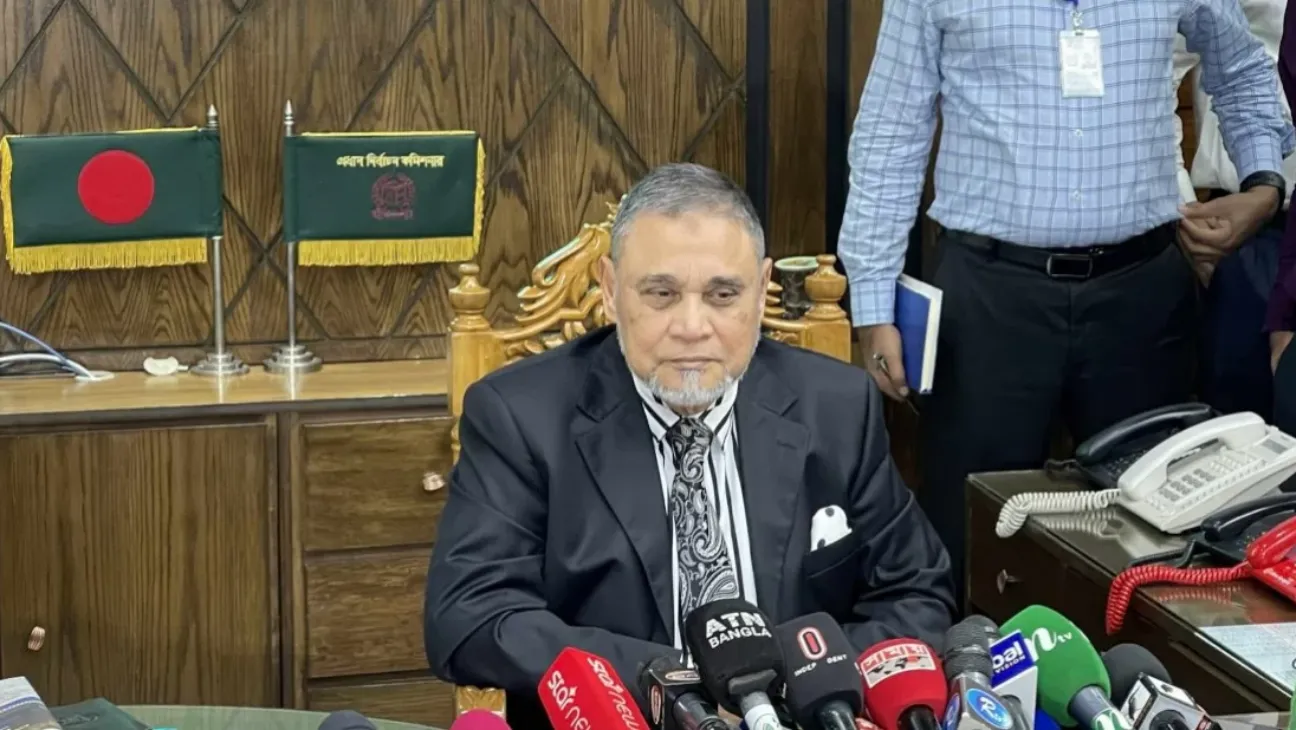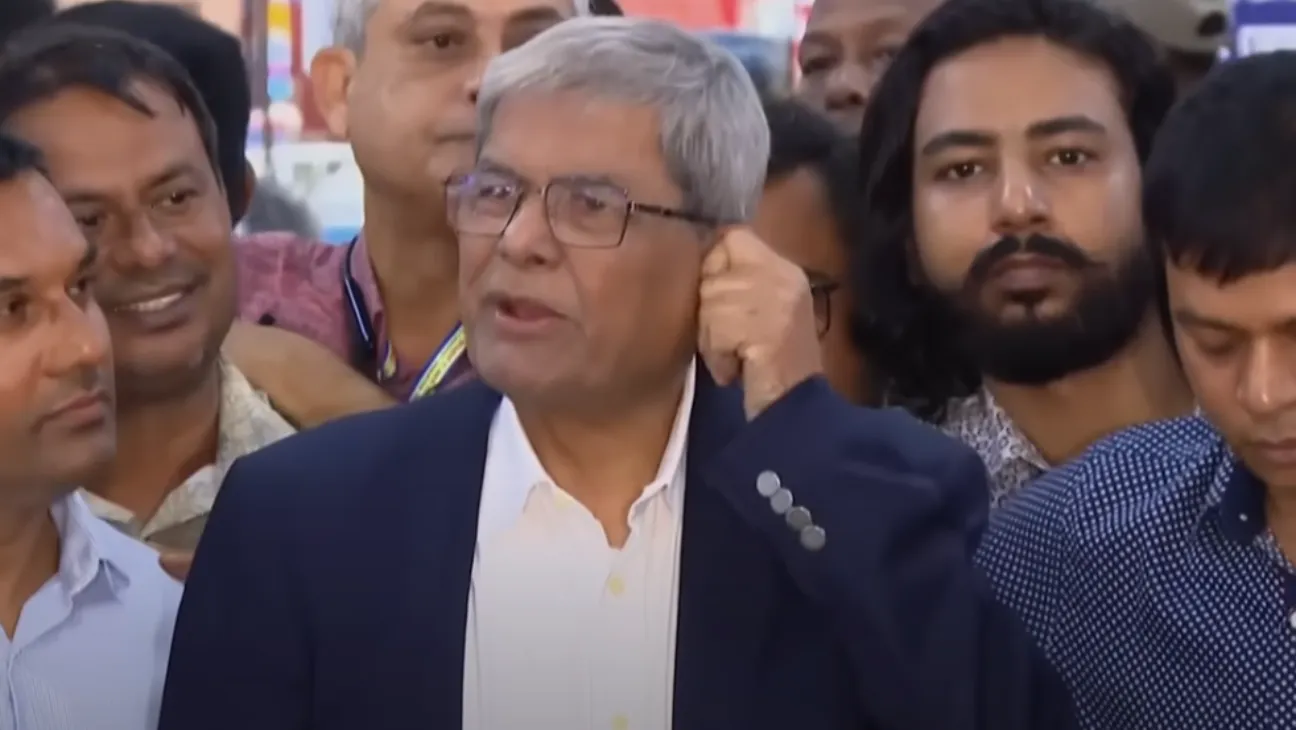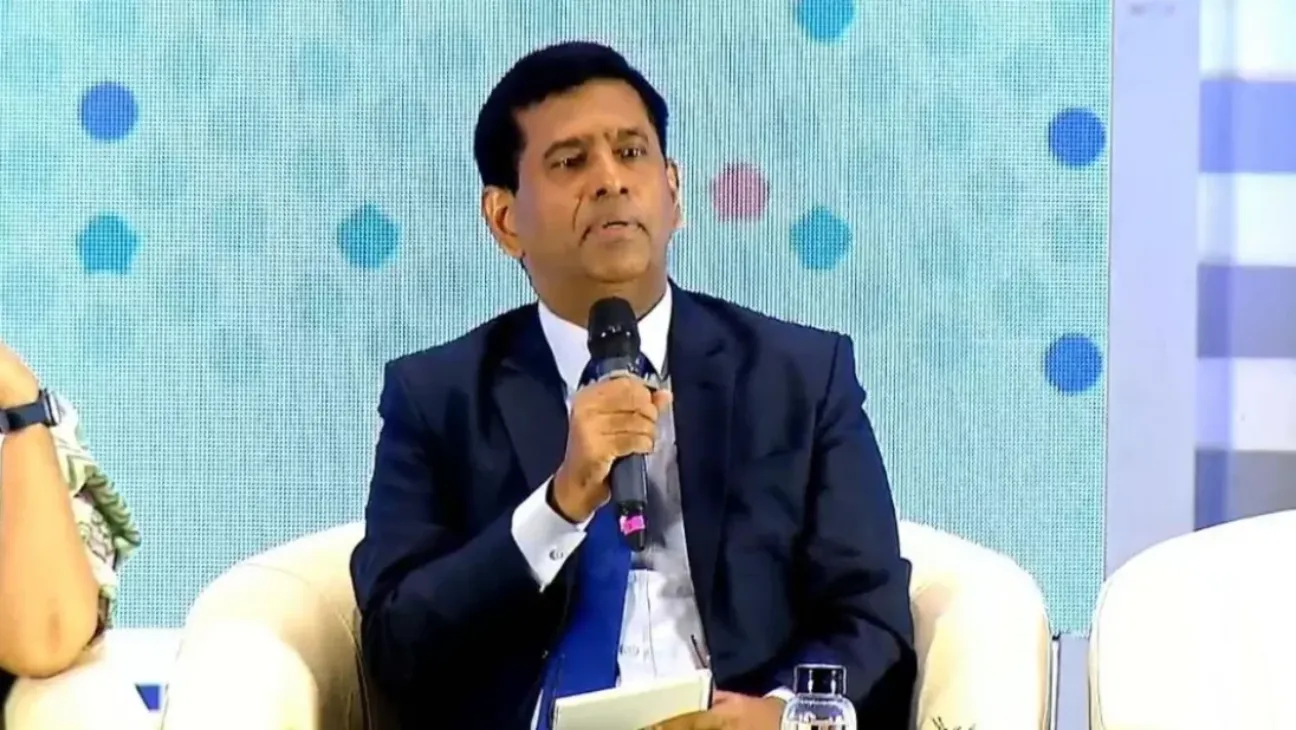Anamul Haque Bijoy’s repeated failures in Test cricket have once again sparked criticism of Bangladesh’s selection strategy. His twin ducks in two consecutive Tests have placed him at the bottom of the records among top-order batters, with the lowest average of any Bangladesh batter who has played at least six Tests.
Bijoy’s latest dismissal in Colombo lasted just ten balls. It wasn’t just a personal low — it marked a historic failure. According to statisticians, he now holds a record that stretches back nearly 100 years. Among players batting consistently between positions one and four, no one with at least 14 innings has produced fewer runs or a lower average.
This outing may mark the quiet end of his red-ball international career.
But many believe it’s not just the player who should be held accountable.
Critics say the selectors put him in the wrong format. Bijoy’s form came mainly in white-ball cricket, especially the DPL. Still, his red-ball struggles were largely ignored.
Selection decisions like this aren’t new. Amit Hasan, for instance, performed well in the National Cricket League — Bangladesh’s longer-format tournament — but didn’t get a call-up. Meanwhile, Bijoy was brought into the Test side under pressure, raising expectations he couldn’t meet.
Others have faced similar confusion.
Nurul Hasan Sohan, who did well in the DPL and for the A team, has been left out of the latest ODI squad. In contrast, Liton Das, who was recently dropped from the shorter formats due to poor form, was brought back without any recent performance to justify it.
Left-arm spinner Nasum Ahmed, part of the Champions Trophy squad and a strong performer for Mohammedan and against New Zealand A, was also left out of the Sri Lanka series without explanation.
Read Also: Bangladesh Ends Day One at 220/8 After Top-Order Collapse in Colombo Test
This pattern raises a bigger issue: format mismatch and inconsistency in selection.
Is this team being picked to win, or to make people happy on Twitter? That’s the question on everyone’s mind. There’s a growing concern that some players are getting a spot based on media trends, not on their actual track record in this format. When you let outside noise like that creep into the selection room, you end up with a shaky, insecure team. It kills confidence and creates the kind of chaos that good teams avoid.
Proper selection takes more than numbers. It requires timing, context, and a clear understanding of a player’s strengths within each format.
Without that, more players may find themselves in the wrong place at the wrong time — and the team could continue paying the price.

